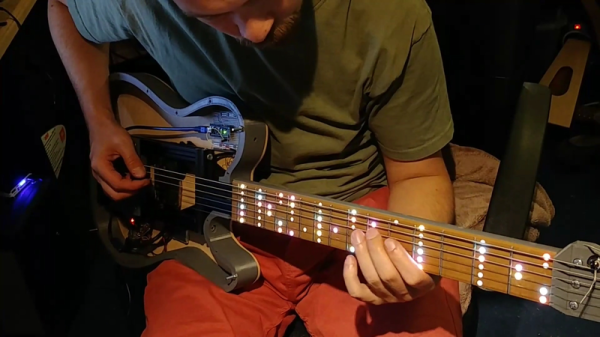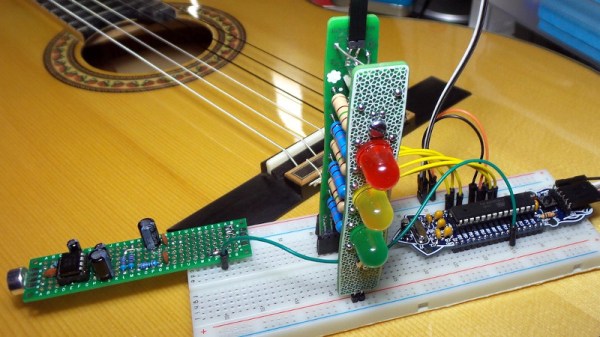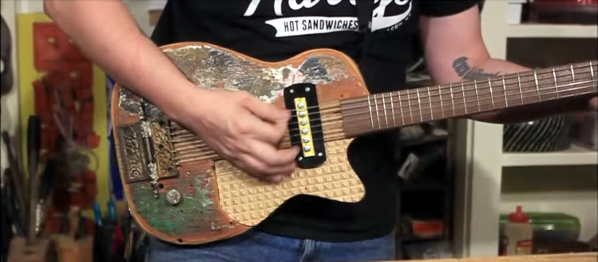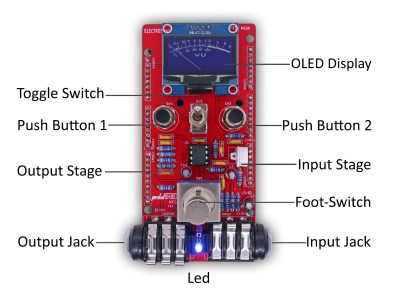If you’re looking to make money in electronics, there’s no better market than guitar pedals and modular synths. The margins are high, and all the consumers are otakus who will spend outrageous amounts of money chasing the next big thing. The products are just one step above audiophile wank with zero oxygen cables, and if your opamp sounds ‘more transparent’, you’re going to make a fortune, never mind how something can sound more transparent, whatever that is to begin with.
If you want to do something really cool, build a delay, because everyone needs another delay. If you want to build the latest in delay technology, just grab a PT2399 chip. That’s what ElectroSmash did with their Open Source Time Manipulator delay. Everything’s right there, all the parts of the circuits are described, and you too can become an effects pedal engineer.
This pedal is based on the PT2399 chip from Princeton Technology, a digital delay chip that can be used with something that sounds like an old-school bucket brigade chip or something resembling a tape echo. As a digital chip, you’ve also got the clean, clear sounds of a digital delay, with just a few tweaks of the circuit. We’ve taken a look at the PT2399 before, but surprisingly not many people are sharing their secrets.
The circuit for the ElectroSmash Time Manipulator is built around the ATMega328, the same chip in the Arduino Uno, with two PT2399s that can be configured to operate in serial or parallel for everything from a slapback echo to a 600ms digital delay. If you set everything right, you can get choruses, reverbs, or some psychobilly flange-ish sounds.
The entire circuit is open, with a board designed in KiCad, the code is right there written in C, and the only hard-to-replicate tech is the PT2399 chip itself, which can be had from the usual vendors for less than a dollar a piece. It’s a great pedal, and be sure to check out the video below.
Continue reading “This Is The Delay Pedal You Can Build Yourself”

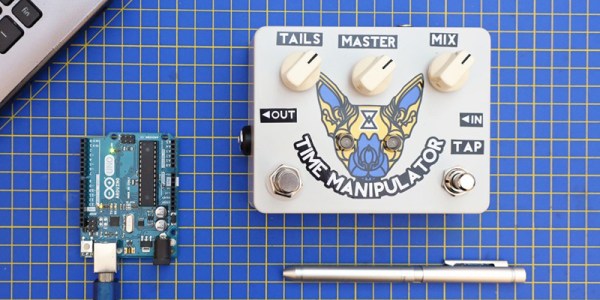
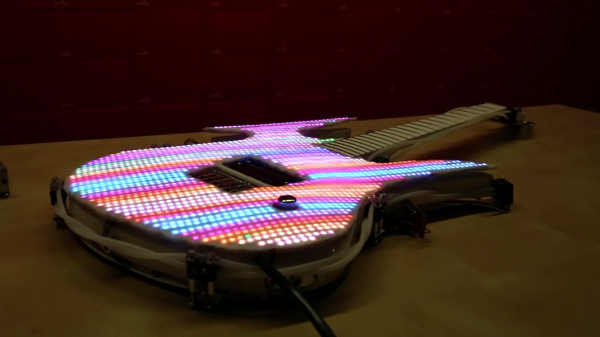
 In
In 